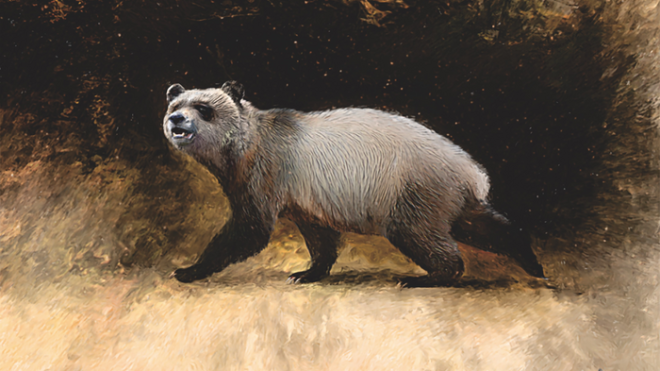Paleontologists have determined that fossilized teeth found in Bulgaria in the 1970s actually belong to a close relative of the modern giant panda.
This is reported by EurekAlert.
A new, previously unknown species of the bear was named Agriarctos nikolovi. He lived six million years ago. It is currently the last known and most developed European giant panda.
She was a vegetarian, however, unlike todayʼs black and white bear, the European panda did not feed exclusively on bamboo. Scientists came to this conclusion because bamboo is a plant that is not native to Bulgaria. And the coal deposits in which fossilized panda teeth were found gave them a blackened hue. This indicates that this ancient panda lived in forested and swampy regions. In addition, Agriarctos nikolovi could not chew hard bamboo — their teeth were not strong enough.
Scientists believe that the ancient animals were the same size as modern pandas. They suggest that Agriarctos nikolovi may have died out as a result of climate change, probably due to the "Messinian Salinity Crisis," an event in which the Mediterranean basin dried up, greatly altering the environment.

